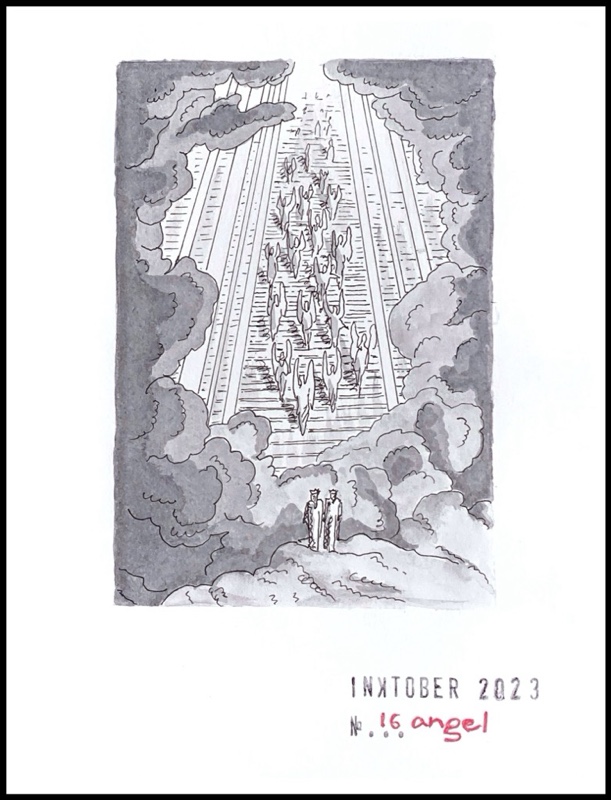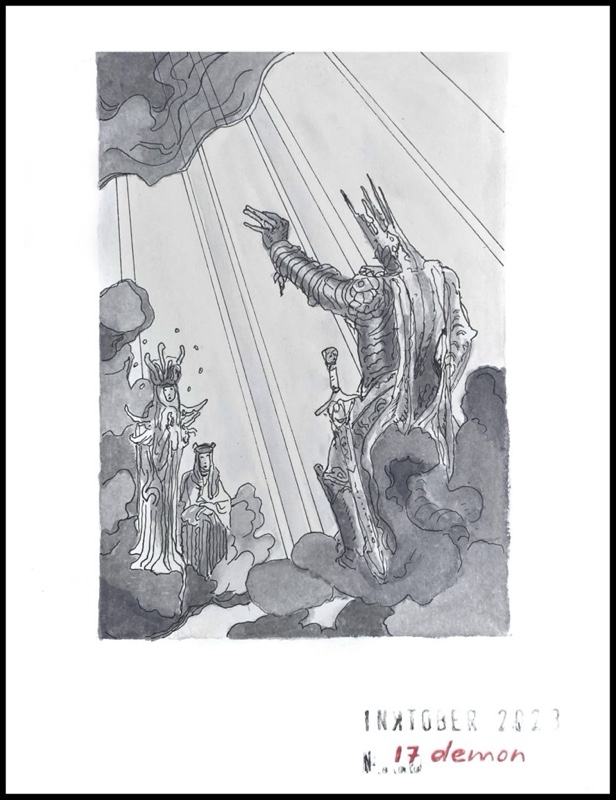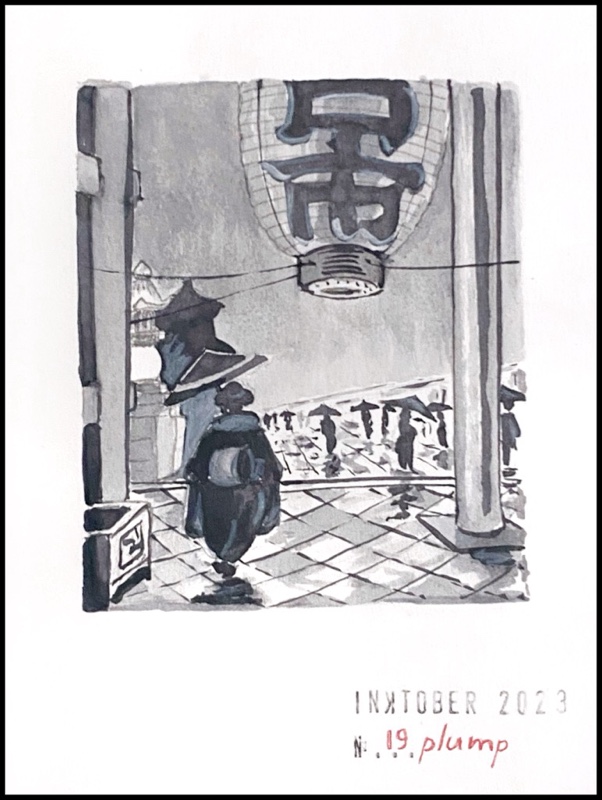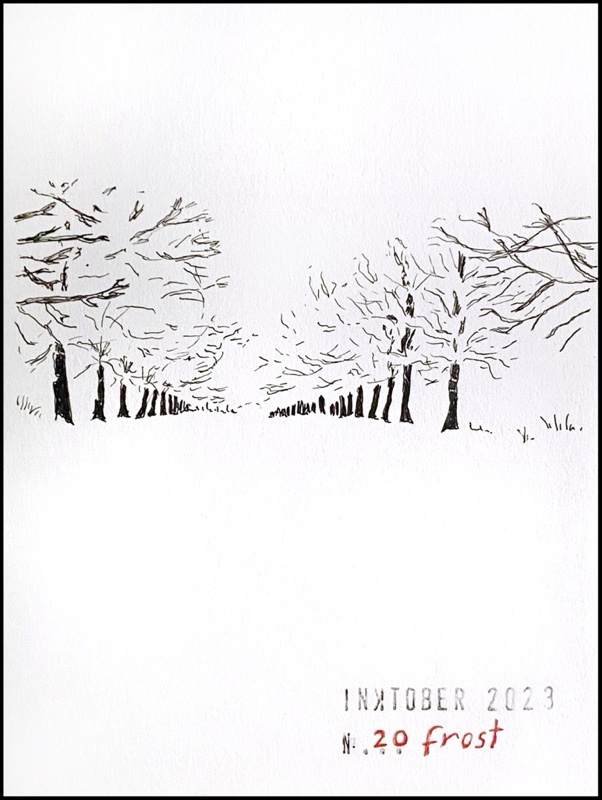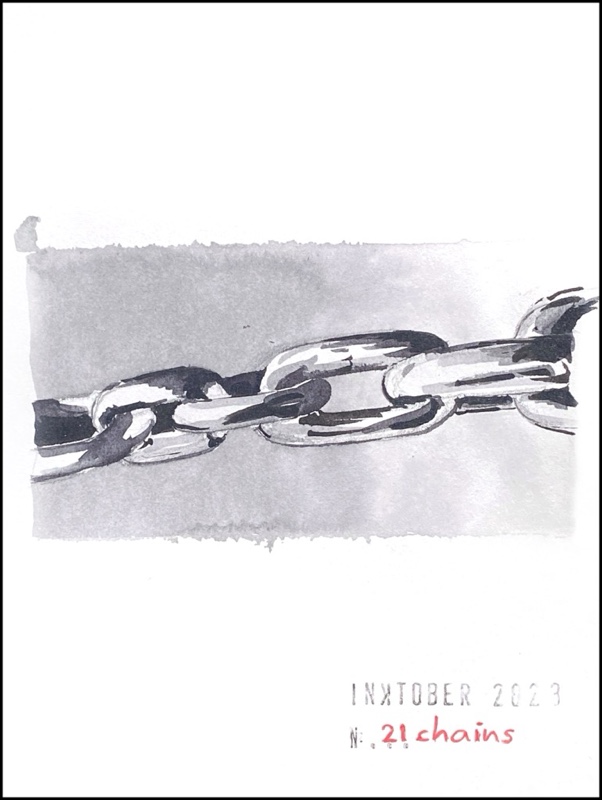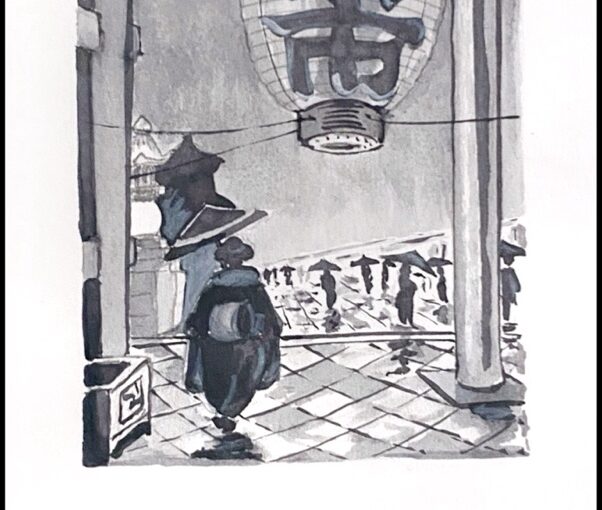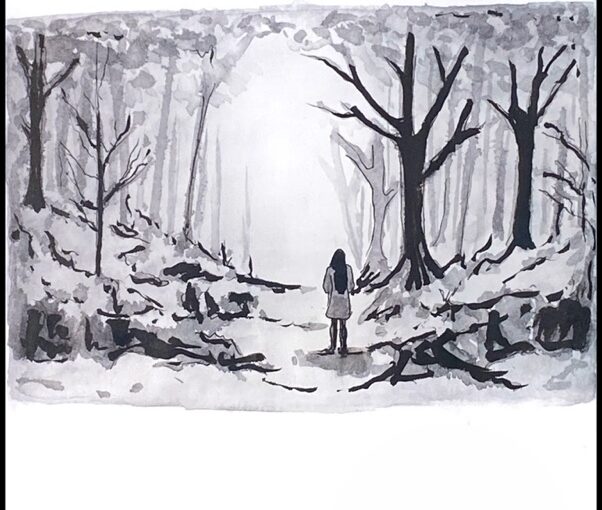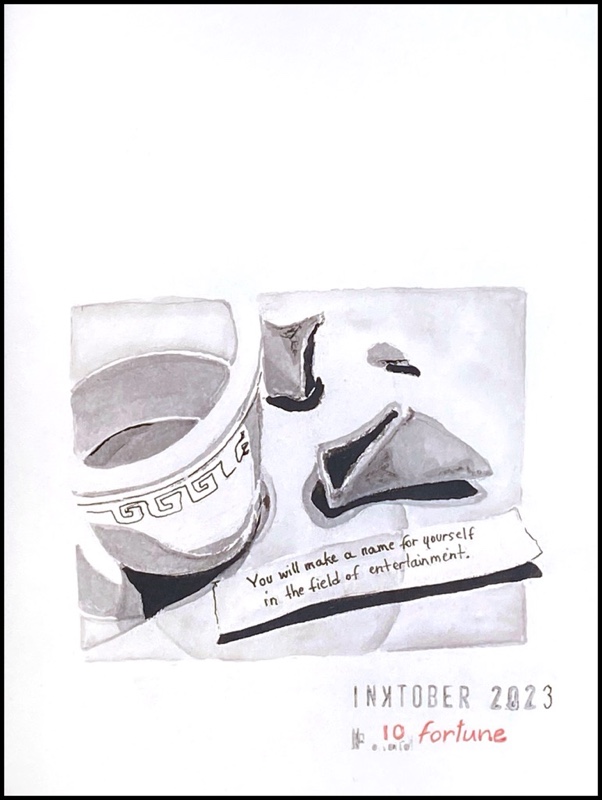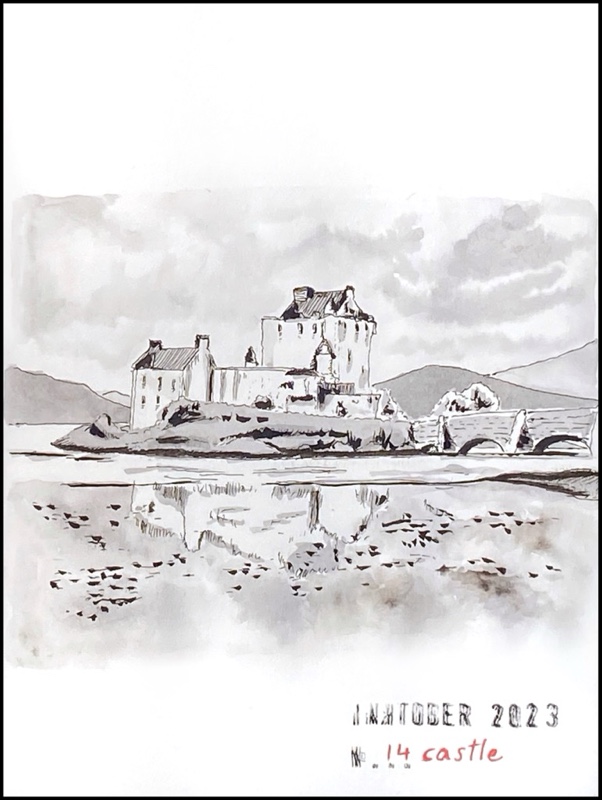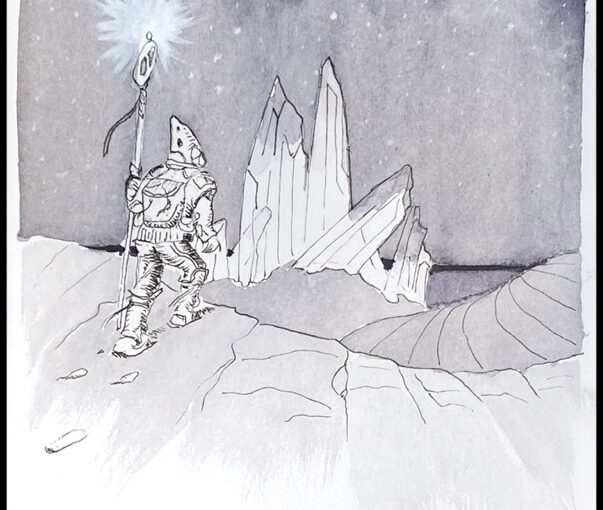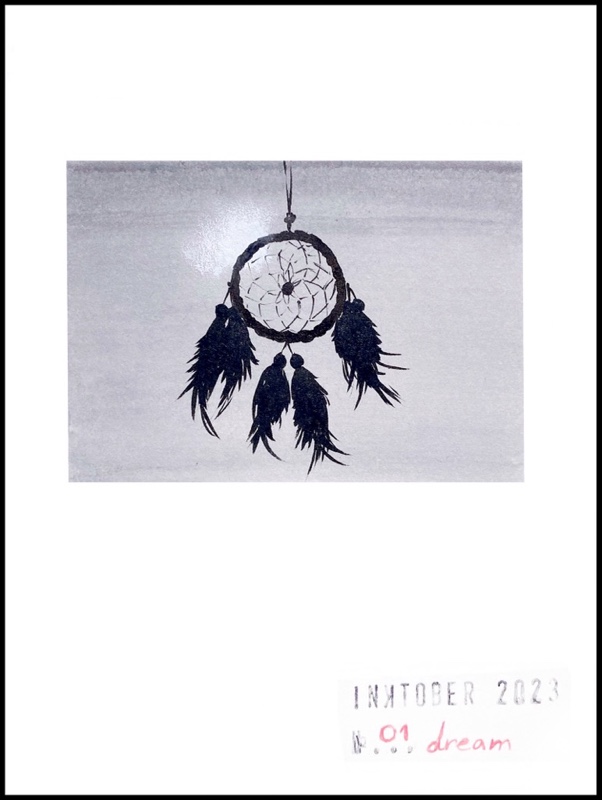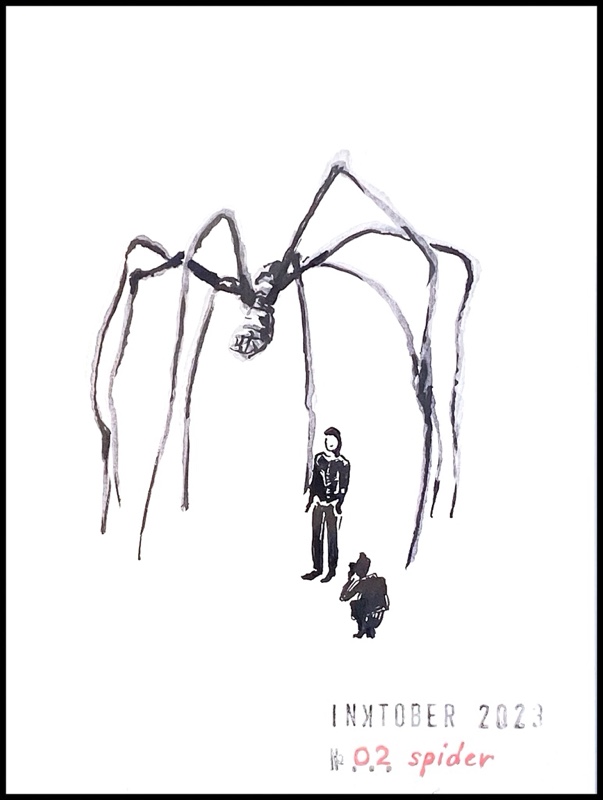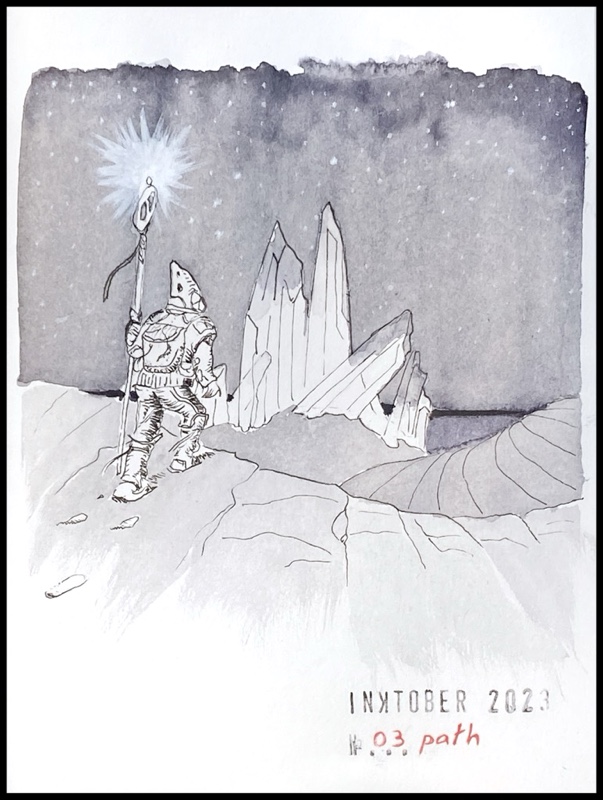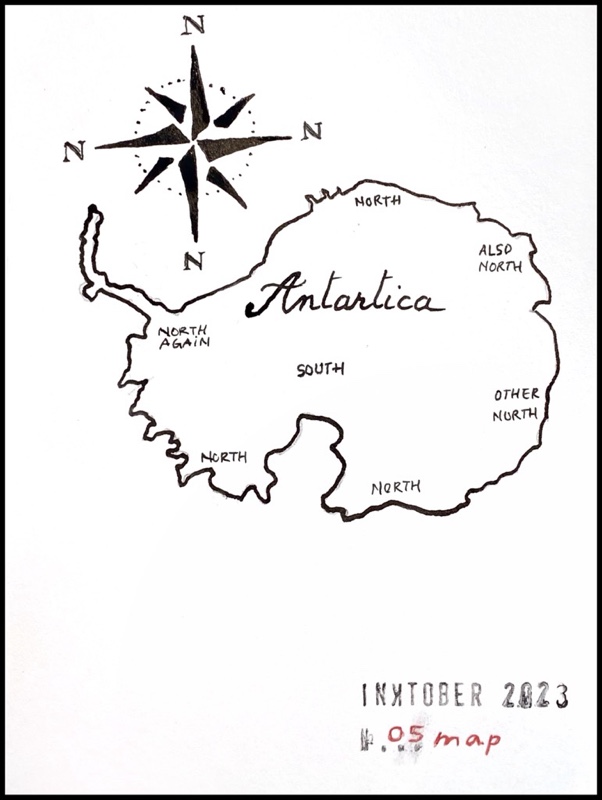The fictional round table from the Arthurian legend of the Middle Ages is the locus where King Arthur gathered the Fellowship that ensured the peace of his Kingdom. The table was round as a symbol of the equality of its members who included royalty as well as nobles of less importance.
The World Wide Web Consortium is hardly a Kingdom but I can’t help to draw a parallel between the W3C management group and the Round Table!
Historical background
Tim Berners-Lee, the inventor of the Web, founded W3C to coordinate Web standards development at the Massachusetts Institute of Technology (MIT) in 1994, and as soon as possible (which was 6 months after) added Inria (Institut National de Recherche en Informatique et Automatique) as the first European W3C host in 1995 (replaced in 2003 by ERCIM), followed by Keio University of Japan in 1996, and finally Beihang University in China in 2013.
For the first 28 years of the Consortium, these four Hosts partnered administratively to manage W3C Members (invoicing and collection) and to provide employment of the global W3C staff working under the direction of W3C’s management (W3M). W3M’s composition, which is rather stable, is thus based on the people in position of leadership at the Hosts. At times where a particular geography was insufficiently represented, we’ve increased representation for that geography.
2023: a new order
Fast forward to January 2023 when W3C became its own legal entity by moving to a public-interest non-profit organization and continues the same standard development process as one single corporation, and three of the Hosts became Partners. The authority, legal obligations and fiduciary responsibility are with the corporation.
A few months before the transition, the CEO we had had for twelve years retired, having successfully set enough things in motion for the Consortium to become incorporated. At this point, our COO became the interim CEO and finalized everything, put out the fires, set up the things that were required for the new corporation, and relied heavily on the rest of the W3C Team for maintaining our activities.
The W3M round table
I draw a parallel with King Arthur’s round table because his gesture was a federating one, and his goal was to rule the kingdom with all of its stake-holders. The W3C Management team (W3M) today continues with the same assortment of people from our global distributed team, some of whom are no longer managers, and some of whom are not involved anymore in any W3C Team work.
Redesigning it
One of the side projects I undertook last year was to propose a new internal organization, that I called “the Houses model”. It aimed to (1) merge the related functions to achieve a coherent, manageable and meaningful operating model, (2) remove “split” staff where possible, in order to gain in efficiency and coordination, and (3) attempt to fix the known negative optic that 25% of the W3C team (yes! incredible!) were on W3M, by streamlining it.
It took me a month to design it, socialize it with key people, make further adjustments, and put it to W3M’s vote. The resolution passed (yeah!) but it was the (then) CEO’s opinion that the consortium could not withstand an internal reorganization before the transition (meh!).
Objecting and finally leaving the round table
Starting before the W3C Inc. transition, W3M activities, which were to continue unchanged, slowed down rather abruptly and gradually came to a halt. W3Mers held their honorary positions while fewer matters were discussed and the group met less and less frequently, ultimately to deal asynchronously with scraps only.
I understand the inherent inertia of big groups. I recognize the allure of expediting decision-making where there is too many pressing matters and not enough time. But I thought that a temporary structure to allow leadership with transparency could have been set up, and some of the frustration could have been prevented. Not by scrambling to implement the Houses model we had decided to adopt. But with due diligence and open dialogue so that everyone understood the need for extraordinary measures.
For about a year, the status quo did not sit well with me (and I let the group know, early and often) because the opacity was not fair to the [rest of the] group itself, but also to the W3C Team and W3C Members whose expectations remained that decisions were the consensus of W3M, when it was no longer the case. I had concerns about the risk of taking insufficiently informed decisions or uninformed decisions. I had a strong discomfort with being personally associated with any decision that I actually hardly contributed to, if at all. So I asked to step down from the management group a few weeks ago and today I did.
I continue as Head of the W3C Communications team and have enough on my plate to keep me busy. I would be happy to consider rejoining the W3C Management team in the future, but as I do not care about a honorary position, it would have to be for meaningful contributions again.
December update: In the meantime, W3C hired a new CEO, who after a few weeks was ready to reconvene the management team. I was invited rather organically.


